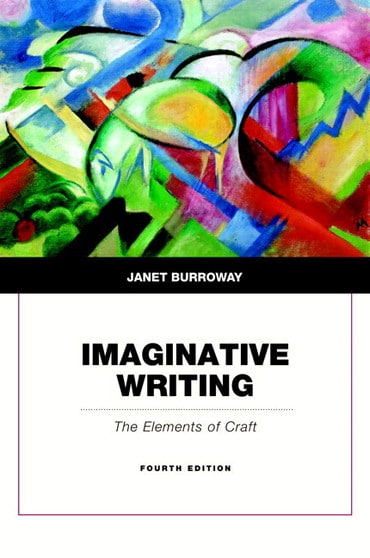Switch content of the page by the Role togglethe content would be changed according to the role
Imaginative Writing: The Elements of Craft, 4th edition
Published by Pearson (October 23, 2014) © 2015
- Janet Burroway Florida State University
$74.66
Need help? Get in touch

Digital Learning NOW
Extend your professional development and meet your students where they are with free weekly Digital Learning NOW webinars. Attend live, watch on-demand, or listen at your leisure to expand your teaching strategies. Earn digital professional development badges for attending a live session.
